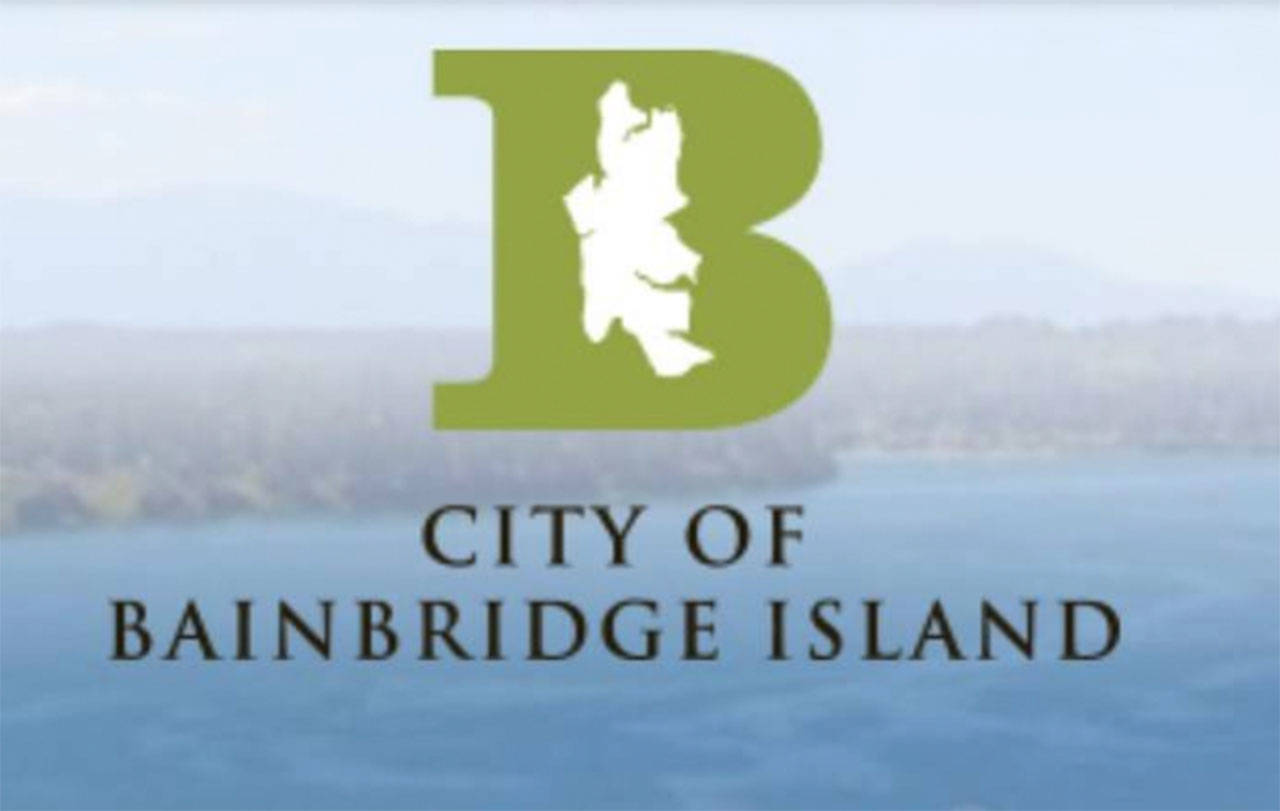The Bainbridge Island Planning Commission continued to struggle with the definition of a Landmark Tree in its most recent meeting last week.
Planning director Heather Wright put together a proposed definition. “Landmark trees located on Bainbridge Island are unique because of their age, size, species, historical significance and aesthetic quality.”
Commissioner Jon Quitslund suggested being on the heritage tree register could be a determining factor.
Commissioner Bill Chester suggested people could nominate a tree to be listed, kind of like the national historic register.
But he also questioned what is historic value? “It should not have to live 100 or 150 years to have historic value,” he said.
Lisa Macchio asked, “Is there somewhere we can go where this has already been done?”
Wright said she would do some research and report back.
Macchio also had a question about Wright’s definition for Removal: Which means not only cutting a tree down but also “intentional damage to a tree’s trunk, roots or branches that could lead to its death or with the intent to kill it. Removal includes creation of wildlife snag where all the live material is removed from the tree.”
Macchio asked if a person would need to get a permit to create a wildlife snag. Wright answers in the affirmative.
There was quite a bit of discussion about Wright’s definition of Retention: “No entity shall knowingly damage a landmark tree’s trunk, limbs or roots in a manner that could lead to death, including topping, stripping of branches or foliage, grading, excavating or compaction that irreversibly impacts the Critical Root Zone of the tree.”
Commissioners questioned the use of the word “knowingly.”
“How are you going to prove it?” Sarah Blossom asked.
Ashley Mathews added: “That complicates things…That would cause enforcement issues. The goal is for it not to happen so take it out.”
Macchio was the only one who liked it, because if it happened accidentally, “We have forgiveness.”



